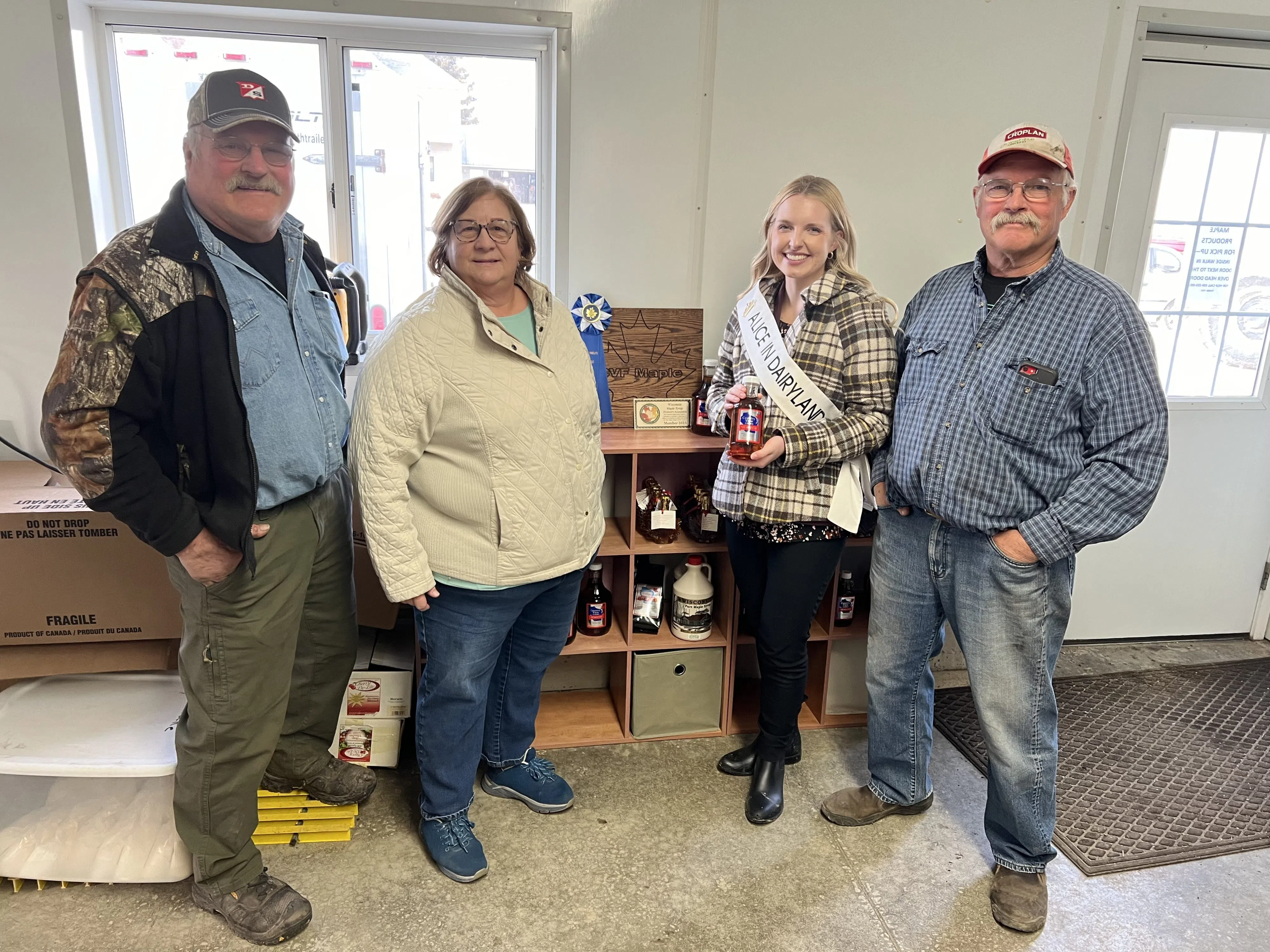Agriculture in Wisconsin contributes $104.8 billion annually to our state’s economy and provides jobs for nearly 12% of the state’s workforce. As America’s Dairyland, it makes sense that a large portion of that economic impact comes from dairy, but the diversity of our agricultural production is what makes it so impactful and special. We are the top producing state in the nation for snap beans, cranberries, and ginseng. There’s a multitude of other products that we also rank in the top five for, such as potatoes, cherries, carrots, green peas, and Christmas trees. In addition to these all helping bolster agriculture’s economic impact, they are all considered “specialty crops” by the United States Department of Agriculture (USDA).
The USDA states, “Specialty crops are defined in law as ‘fruits and vegetables, tree nuts, dried fruits, and horticulture and nursery crops, including floriculture.’” There are more than 350 crops considered to be specialty crops by the USDA, and that list is not exhaustive. Even with Wisconsin being a top producer of several of these crops, there’s plenty of room for others to be produced here as well! Things like mushrooms, celery, apples, grapes, and herbs are produced all over Wisconsin by farms of all sizes. To celebrate the upcoming spring, we will explore a few seasonal specialty crops here.
Few things bring hints of spring to Wisconsin like maple syrup season. As soon as the daytime temperatures are above freezing with nighttime lows still dipping down below freezing, the sap begins flowing. There are a wide variety of tapping set-ups, from the one tree tapper all the way up to commercial producers, but the concept is the same. A hole is drilled through the bark of a maple tree, some sort of implement is inserted into the hole to direct the flow, and the sap drips into a container. After the sap has been collected, it must be boiled down to produce syrup. The boiling process reduces the water content, increasing the thickness and sweet taste of the resulting maple syrup. Many communities throughout the state have events celebrating this process each year. Look for one in your area to grow a better appreciation for the work that goes into topping your morning pancakes!
Another sure sign of spring is the emergence of a wide variety of blooms from Wisconsin’s cut flower farmers. A cut flower is the stem, flower, and buds of a flower plant that is often used in bouquets, table arrangements, and other decorations. Some common flowers to use are peonies, tulips, daffodils, sunflowers, dahlias, and snapdragons. Some of these are perennials, which usually bloom just once each season, but will regrow year after year. Other cut flowers are annuals, meaning they will continue to flower after being cut, but will need to be replanted each year. Thankfully, many of these plants can be started from seed, keeping starting costs down. Be ready to start them indoors here in Wisconsin, though, to get a head start on planting season. If you’ve been toying with the idea of starting a cut flower garden, now’s the time! It doesn’t matter if you’re growing for the big event in town or just to have a supply of fresh blooms in your home, a cut flower garden can be a wonderful opportunity!
As a member of the lily family, asparagus is a hardy plant that can produce for 40+ years after the crop is well established. In a 2017 report, Karen Delahaut, the Fresh Market Vegetable Program Coordinator for the University of Wisconsin-Madison, shares that it typically takes about three years before the plant can be harvested. However, each year after that, you can enjoy about an eight-week harvest here in Wisconsin, ending in June. An asparagus crop is usually started by planting “crowns” that are about one year old. Crowns are the roots and rhizomes of the plant and allow the grower a shorter plant-to-harvest wait. The spears of asparagus emerge from the soil in the spring and should be cut or snapped when they are about eight to 10 inches tall. You’ll know to stop harvesting for the year when the emerging spears are about the diameter of a pencil, allowing plenty of time for the plant to rejuvenate before the next crop. In late spring and early summer, keep an eye out at your local farmers markets or neighborhood stands for freshly harvested asparagus.
If you would like to learn more, I’ve been doing a monthly deep dive into a different specialty crop through my blog, Adventures in Agriculture. You can find them all at aliceindairyland.com!






Comments